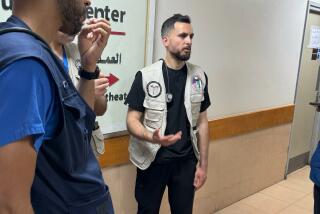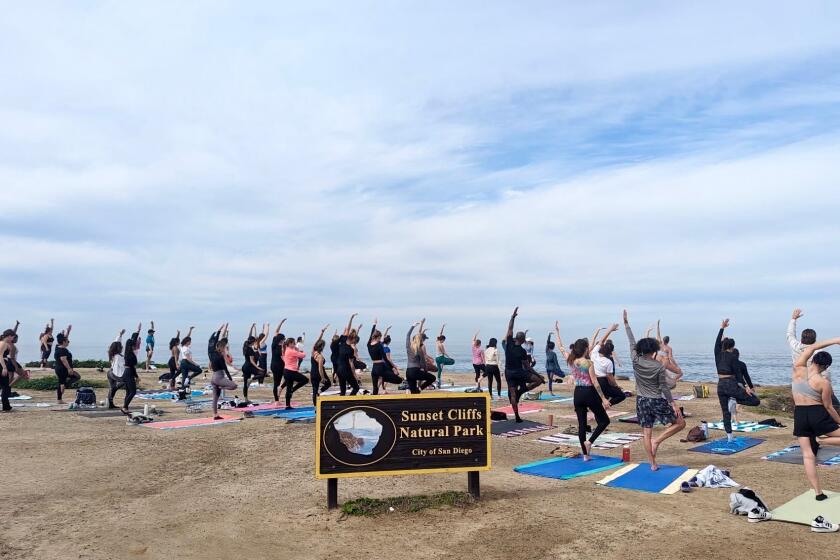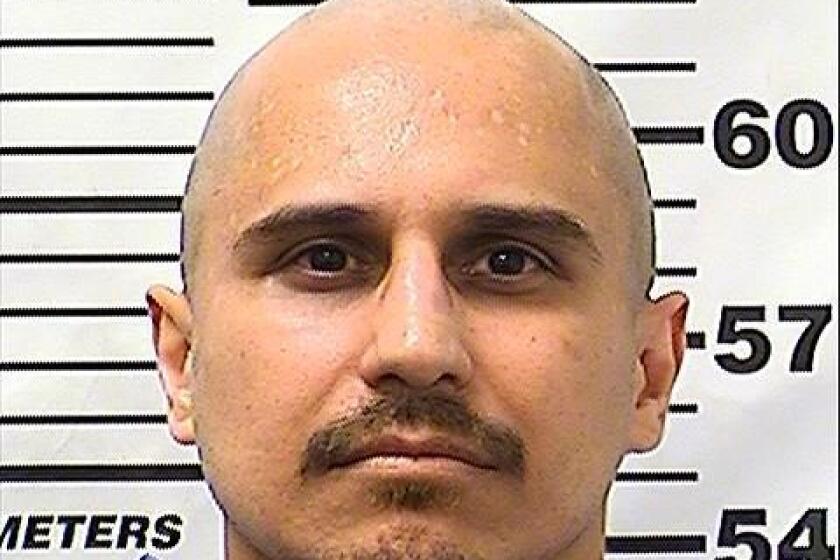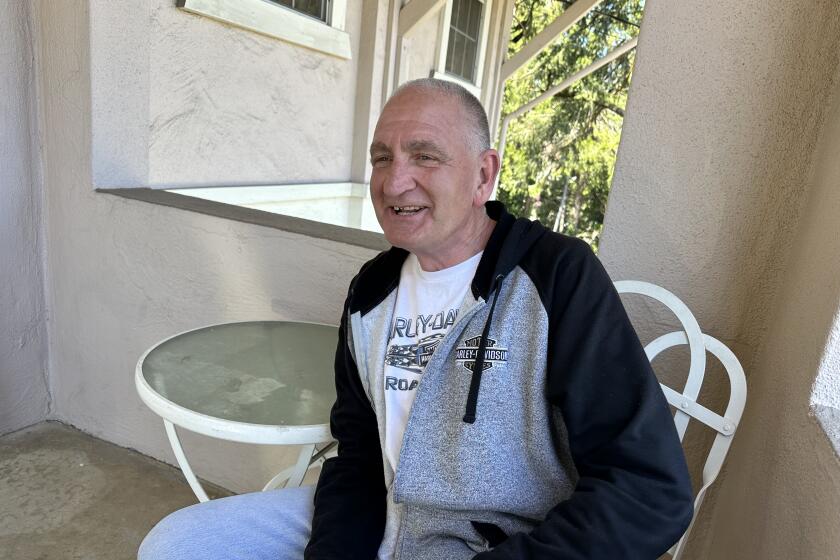Into the Suburbs of Koreatown
The distinctive four-block strip of shops, restaurants and car dealerships along Garden Grove Boulevard remains the heart of Orange County’s Koreatown. But these days you’re just as likely to find Korean American businesses in Irvine, Fullerton and Buena Park.
The steady migration of Korean Americans from Los Angeles to outlying suburbs, including communities in Orange County, was accelerated by the riots of 1992 and contributed to the growth of the local Koreatown.
But in recent years, those residents have dispersed further into cities across Orange County in search of good schools and safe neighborhoods. And businesses have followed, establishing satellite “Koreatowns” for the estimated 150,000 Korean Americans who live in the county, business and civic leaders say.
From dry cleaners to restaurateurs to grocery retailers, Korean merchants have followed their community.
“When I first moved here 10 years ago, we always came to Koreatown--to shop, to eat, to meet friends. But now my wife can do all her shopping in Fullerton,” said James Cho, president of the Korean American Chamber of Commerce in Orange County. “The businesses have moved to where we live.”
The migration pattern unfolding here is typical of those seen with most immigrant groups, said Eunai Shrake, Asian American studies professor at UC Irvine.
Historically, immigrants have tended to settle in an urban ethnic center, where they live and set up businesses. For Korean Americans coming to Southern California, that meant Koreatown in Los Angeles, she said. Like other immigrants, Korean Americans moved to the suburbs as they became more prosperous and more assimilated, seeking educational opportunities for their children and safer neighborhoods. The race riots in 1992 simply sped up that migration process, she said.
Along with the San Fernando Valley, Orange County has been a popular destination for many of these residents. Local leaders say the population of Korean Americans--estimated by the U.S. Census at 37,000 in 1990--more than doubled after the riots. In the last seven years, the population has nearly doubled again.
The influx during the 1980s and 1990s did much to energize Garden Grove, which was home to a fledgling Korean business district born in the 1970s. Today, the city boasts some 1,300 Korean-owned businesses, about 900 of them along Garden Grove Boulevard alone.
“When Koreans first moved here, the boulevard was deteriorating,” Garden Grove Councilman Ho Chung said. “Koreans came here because there was a lot of empty storefronts and rent was cheap.”
Though Korean Americans settled all over Orange County, they would drive to Koreatown to socialize and shop for ethnic goods they couldn’t find elsewhere in the county, Chung said.
“This is still the heart of the community. Koreans feel most comfortable here,” he said. “People were willing to come from far away to shop here. But when businesses saw that, they thought, ‘We should open a store where people are living.’ ”
One Stop in Buena Park
Always entrepreneurs, Korean American merchants saw an opportunity to move into new areas, Chung said. In the last two or three years, small clusters of Korean American businesses have sprouted in residential communities like Fullerton, Cerritos and Irvine to meet the growing demand for convenience services.
That was the mind-set of the Los Angeles-based Hannam grocery chain, which opened a 54,000-square-foot Super 1 Mart in Buena Park in September.
“There has been a real void in this neck of the woods--Fullerton, Buena Park, La Mirada. We gave the community what it wanted and needed,” said general manager Sam Sohn. “The population is big enough to support a store this large. [The customers] thanked us because they know they don’t have to drive as far.”
Since the grocery store opened on Beach Boulevard, several restaurants, an insurance company, a travel agency and an automotive shop have settled nearby, Sohn said. His company expects to take over a second, smaller grocery store in the area by the end of July.
“Ten years ago, we wouldn’t have been able to have a store this big,” Sohn said. “We wouldn’t survive. Now we’re trying to keep up with demand.”
In some ways, businesses in these suburban areas are different from their peers in Koreatown, presenting an image designed to attract both Korean and non-Korean customers.
For example, inside the Super 1 Mart, signs and shelf labels are in English and Korean. Staff members are bilingual. The store promotes an “Asian diet” as a health-conscious alternative.
But the supermarket also houses a beauty salon, jewelry store, gift store, clothing boutique and bakery as a way to simulate the pedestrian-friendly access of Koreatown’s shops.
“We designed it so it could be one-stop shopping,” Sohn said. “In Koreatown, there are a lot of small stores with different services. People can easily walk across the street from one business to the other. Here, it’s the same way, but everything’s under one roof.”
Longtime observers see the new growth of Korean businesses as part of the immigrant community’s development.
“For the first generation, the business possibilities were limited because of language and money,” said Howard Kim, a Cerritos Realtor who has lived in the area for 17 years.
But their children “have become more sophisticated. They start operating coffee shops, dry cleaning stores. Their businesses are a grade up from the mom-and-pop style. They can move out to the suburbs.”
And unlike the economic and racial conflict that shadowed relationships within the inner city, experts see less likelihood of tensions surfacing between ethnic groups in these outlying areas.
“In the urban centers, you had groups that were economically disenfranchised,” UCI’s Shrake said. “But in the suburban areas, the business community is already established. They don’t see small businesses posing a threat. There may be racial prejudice, but not economic competition.”
Feeling It in the Heart
Ironically, the one area feeling the force of competitors is the county’s Koreatown. Some community leaders worry that the new “satellite” centers are drawing away customers from the ethnic business district.
“We really like to promote business in Garden Grove for Koreans. This is the center of Korean American business. Some open businesses in other places to make it convenient. But it means losing customers here,” said Raymond Choi, a former Chamber of Commerce president.
But business owners in the other areas disagree, saying their move to suburban areas benefits the whole Korean American community.
“It’s not our goal to go into Koreatown to wipe out the competition, “ Super 1 Mart’s Sohn said. “That’s the last thing we want to do. We moved out here because there was a niche to fill.”
More to Read
Start your day right
Sign up for Essential California for news, features and recommendations from the L.A. Times and beyond in your inbox six days a week.
You may occasionally receive promotional content from the Los Angeles Times.






